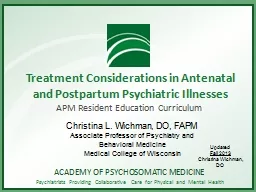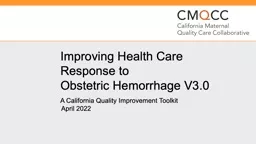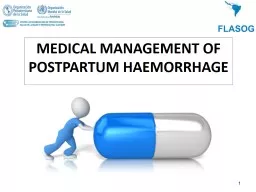PPT-Obstetric Emergencies Postpartum Hemorrhage and Hypertension
Author : Aquamarine | Published Date : 2022-07-28
Annelee Boyle MD FACOG Assistant Professor Department of Obstetrics and Gynecology Division of MaternalFetal Medicine University of Virginia School of Medicine Disclosures
Presentation Embed Code
Download Presentation
Download Presentation The PPT/PDF document "Obstetric Emergencies Postpartum Hemorrh..." is the property of its rightful owner. Permission is granted to download and print the materials on this website for personal, non-commercial use only, and to display it on your personal computer provided you do not modify the materials and that you retain all copyright notices contained in the materials. By downloading content from our website, you accept the terms of this agreement.
Obstetric Emergencies Postpartum Hemorrhage and Hypertension: Transcript
Download Rules Of Document
"Obstetric Emergencies Postpartum Hemorrhage and Hypertension"The content belongs to its owner. You may download and print it for personal use, without modification, and keep all copyright notices. By downloading, you agree to these terms.
Related Documents

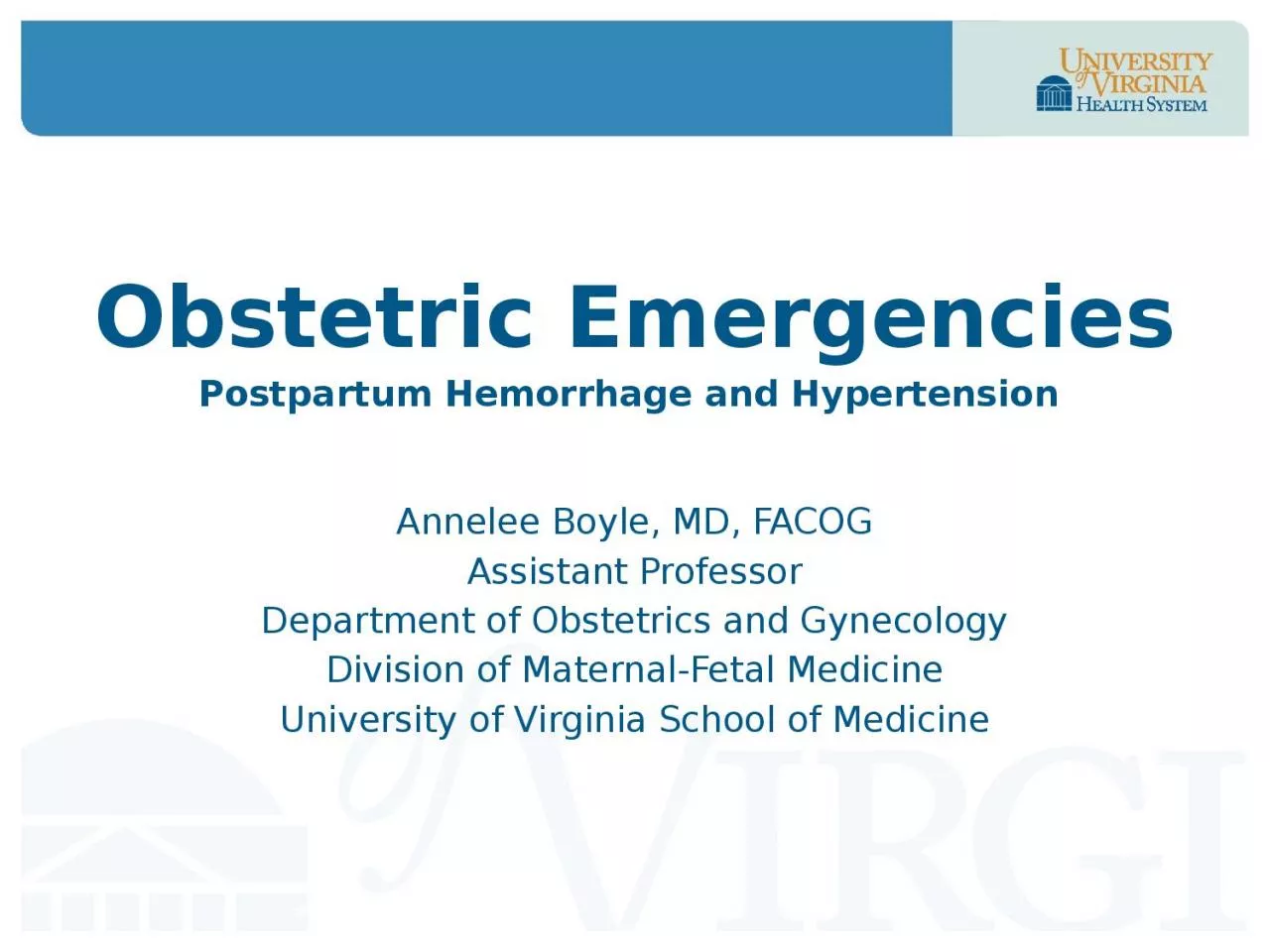


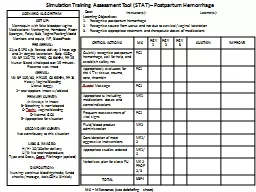
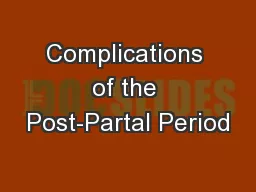
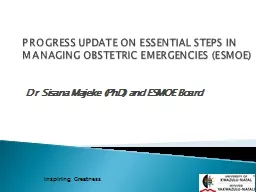
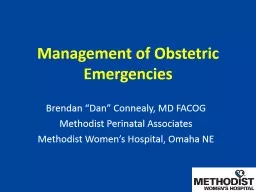
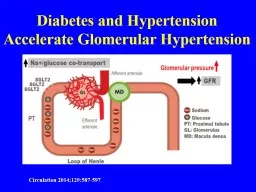
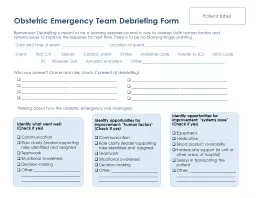
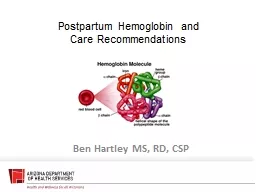
![[EBOOK] - Inpatient Obstetric Nurse Exam Secrets Study Guide: Inpatient Obstetric Test](https://thumbs.docslides.com/902331/ebook-inpatient-obstetric-nurse-exam-secrets-study-guide-inpatient-obstetric-test-review-for-the-inpatient-obstetric-nurse-exam.jpg)
